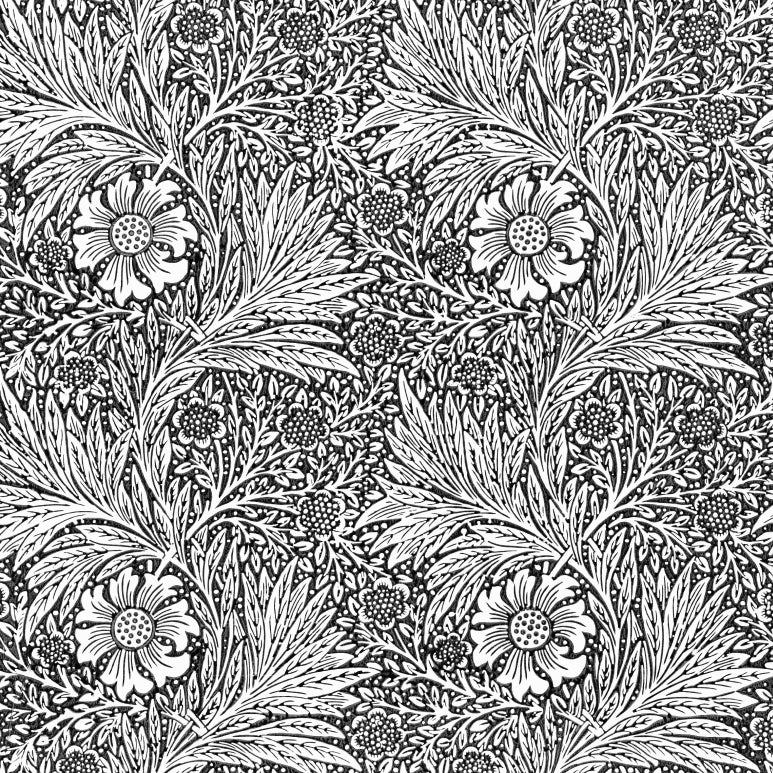Sign up and save
Subscribe to get special offers, free giveaways, and once-in-a-lifetime deals.





Sign up and save
Subscribe to get special offers, free giveaways, and once-in-a-lifetime deals.

Feeling Special? Sign up and SAVE $
Subscribe to be invited to secret sales, get special offers and once-in-a-lifetime deals.


I apologize that I have to say this, but I do. ALL photos and content on this website are my intellectual property and cannot used or taken from this website for any reason.
If you see my photos being used on a website selling my items, it is not with my permission and that website is a scam site. This is the only place that you can purchase my goods. You will see my photos on Pinterest, Facebook and Instagram. You will see them on my social media accounts and they will link to this and only this website. My photos have literally been stolen thousands of times and used to drive traffic to other websites including Etsy and eBay as well as fraud sites. The big clue is seeing my items presented for cents on the dollar. If you see this, look at your browser. If the url is not yourgreatfinds.net, leave that site. They do not own the product to sell and they cannot ship. Please don't be fooled. There is only one yourgreatfinds.net and this is it! 🩶 🤎



